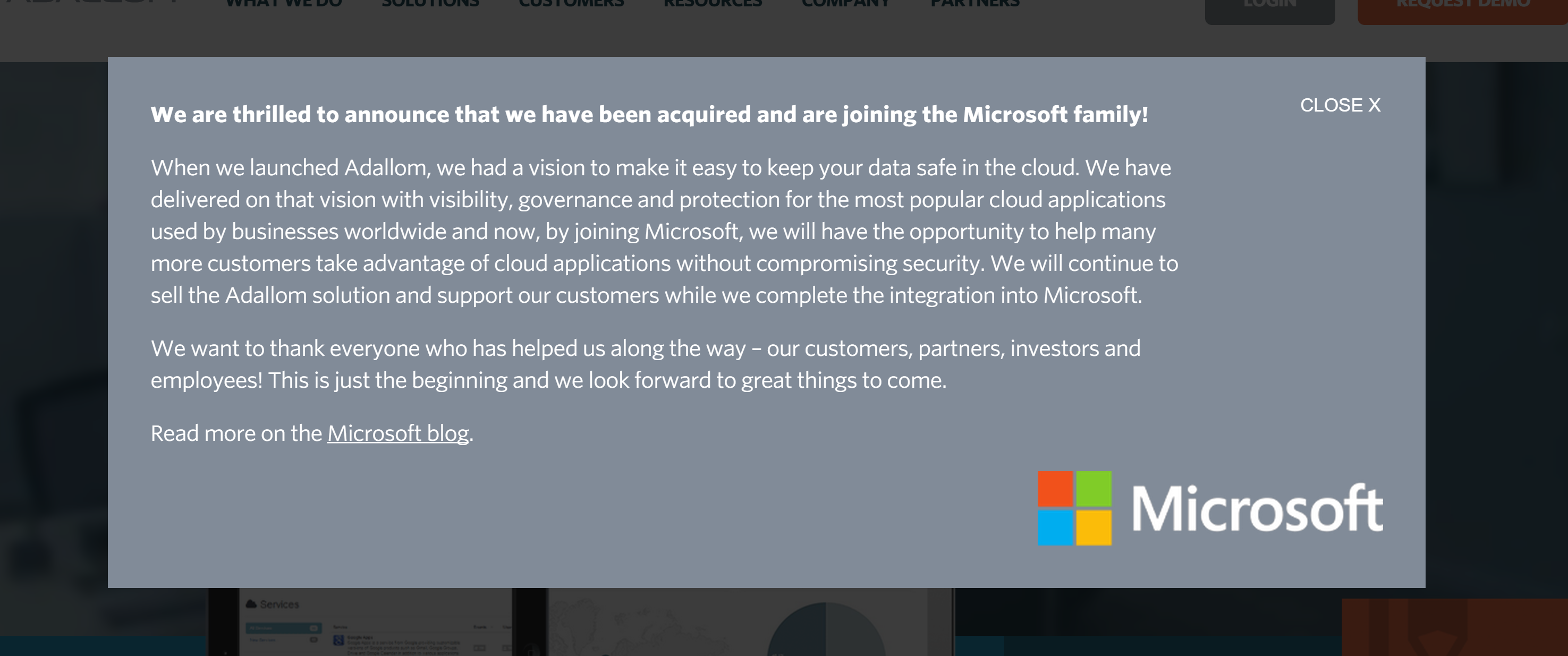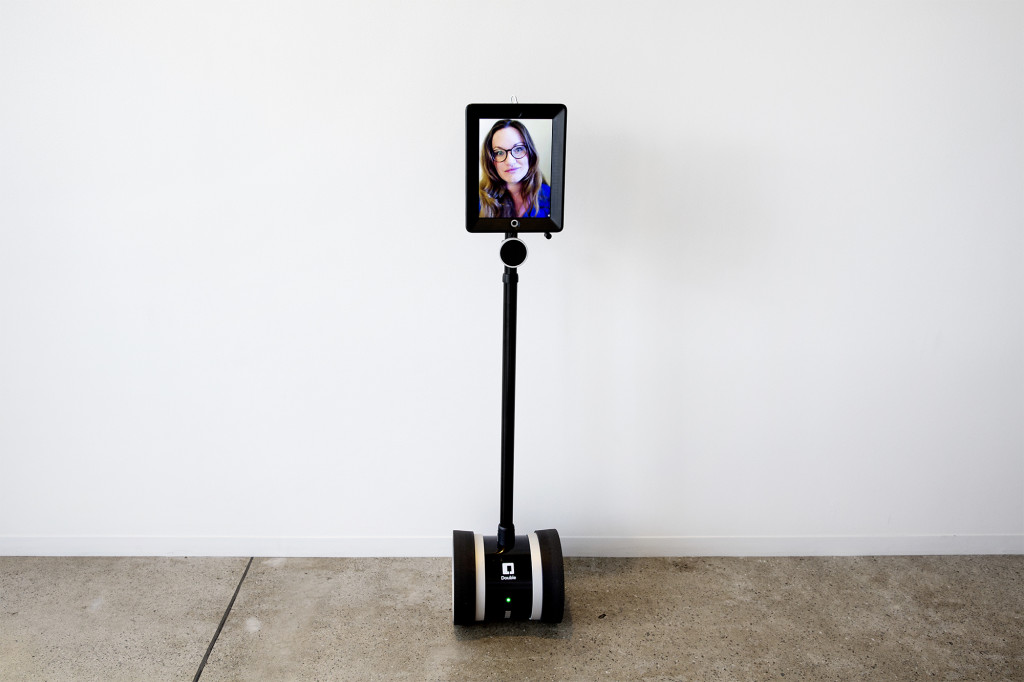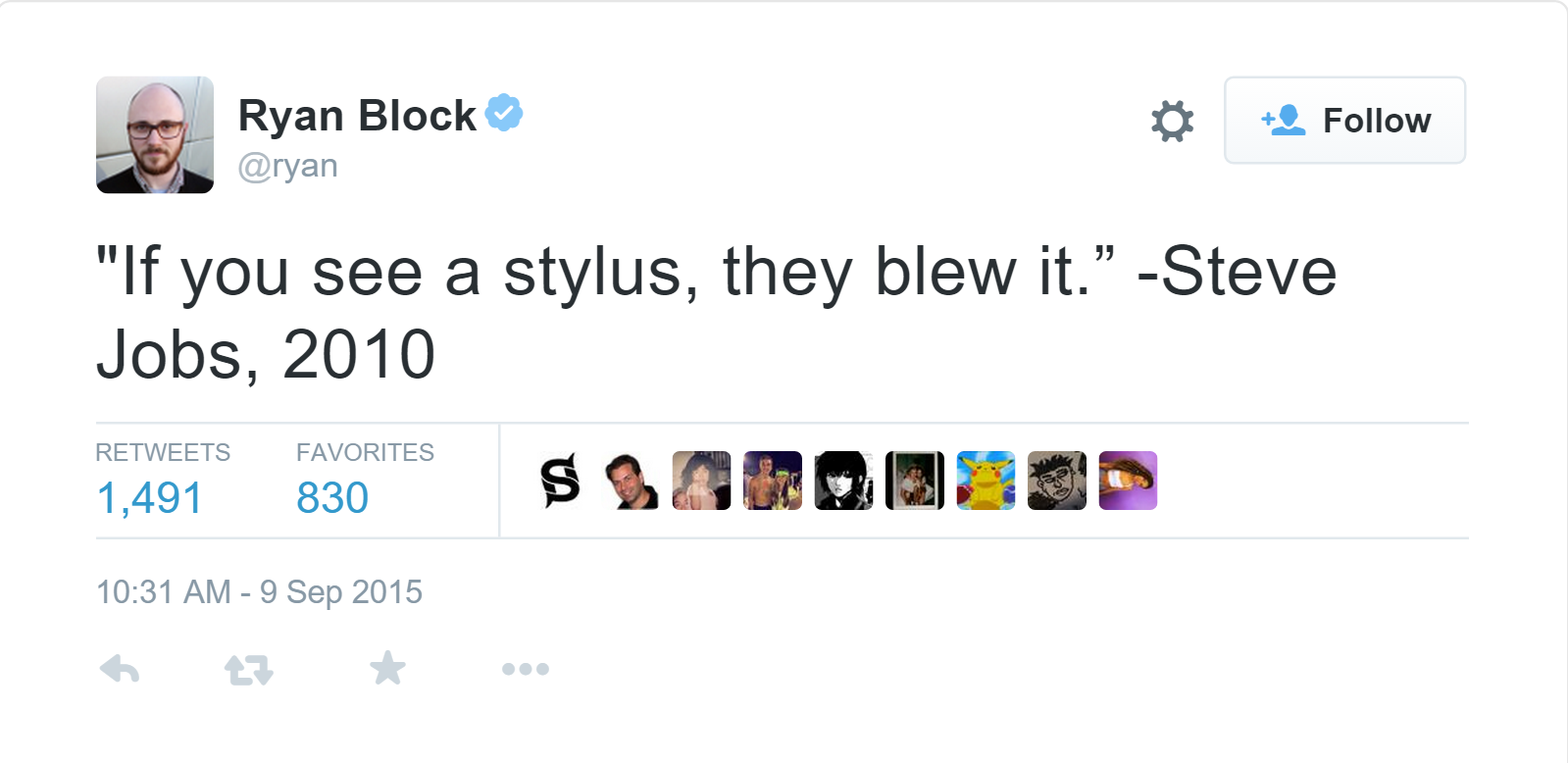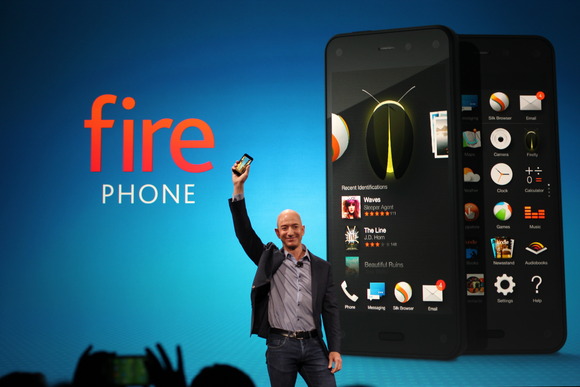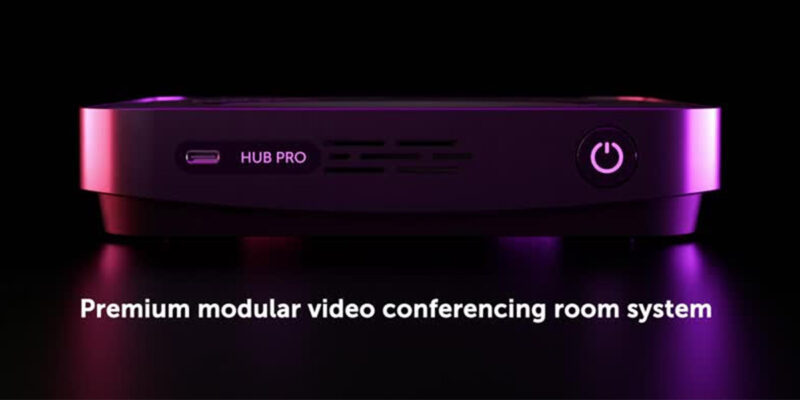Convergent TechWeek 9/10
Will new headsets and more powerful phones pave the way for brain-controlled smartphone apps?
Imagine calling your friends through the power of thought?
According to an IBM and Xerox paper (*) summarizing the state-of-the-art in Brain-Computer Interfaces (BCI), applications may well be developed including brain-driven software for dialing numbers, as well as for messaging and calling contacts.
According to an article in ZDNet IBM and Xerox predict brain-controlled apps will head to smartphones, brain-controlled software has been made more feasible by the development of lightweight EEG readers that can communicate with phones wirelessly, such as the Emotiv headset.
Wearing an Emotiv Insight headset
One problem though facing BCI apps is accuracy. The paper highlights the Neurophone, a brain-controlled system developed at Cornell University that allows users to call contacts using an Emotiv headset and an iPhone. Neurophone works by flashing images of each of the user’s contacts in turn, detecting the P300 signal when the desired contact flashes and then making the call.
Noted in the paper: “Developments in the fields of computational neurology, signal processing, machine learning coupled with the increasing availability of computational power on the mobile device along with cloud storage and processing paves the way for development of more BCI-based mobile applications for the ordinary user.”
A $15,000 16-camera rig for 360-degree 3D videos
On September 8th, GoPro announced a limited access program for Odyssey, the 16-camera rig that the company showed off at the Google I/O developer conference in May. Now people interested in making 360-degree 3D videos with the system can sign up to make a purchase.
According to VentureBeat, GoPro will start shipping these packages in November, initially in the U.S., Canada, the United Kingdom, the European Union, Japan, and Brazil. Those interested in participating in the limited access program can sign up here.
New York City VR shot on Oddyssey. You can also pan and tilt by pressing on the button in the upper left corner.
Microsoft Purchases Cloud Security Firm
This week Microsoft officially announced that it has purchased cloud security firm Adallom, and according to sources familiar with the acquisition, the deal cost Microsoft $250 million (which is below previous reports in July of over $300 million).
The following is the announcement which appears on Adallom’s website:
In a Microsoft blog, –
I’m pleased to announce today that Microsoft has acquired Adallom, an innovator in cloud security and a leader in helping customers protect their critical assets across cloud applications. This acquisition is the latest example of Microsoft’s commitment to delivering innovative identity and security capabilities to our customers, across both on-premises and multiple clouds.
 With more frequent and advanced cybersecurity attacks continuing to make headlines, customer concerns around security remain top of mind. These concerns pose real challenges for IT, who are charged with protecting company data in this rapidly evolving mobile-first, cloud-first world. In this world, identity is a critical control plane for managing and protecting access to applications and data… Advanced threats and cybercrime will persist in this mobile-first, cloud-first era, but at Microsoft we remain committed to helping our customers protect their data with new and innovative identity and security capabilities.
With more frequent and advanced cybersecurity attacks continuing to make headlines, customer concerns around security remain top of mind. These concerns pose real challenges for IT, who are charged with protecting company data in this rapidly evolving mobile-first, cloud-first world. In this world, identity is a critical control plane for managing and protecting access to applications and data… Advanced threats and cybercrime will persist in this mobile-first, cloud-first era, but at Microsoft we remain committed to helping our customers protect their data with new and innovative identity and security capabilities.
A good move for Microsoft? For IT executives? Enter in the comments section below if you’d like.
A Life as a “Robot on Wheels”
This week an article appeared in WIRED which begins like this:
I HAVE BEEN part robot since May. Instead of legs, I move on gyroscopically stabilized wheels. Instead of a face, I have an iPad screen. Instead of eyes, a camera with no peripheral vision. Instead of a mouth, a speaker whose volume I can’t even gauge with my own ears. And instead of ears, a tinny microphone that crackles and hisses with every high note.
We IM. We talk on the phone. We tweet at each other, but I am often left out of crucial face-to-face meetings, spontaneous brainstorm sessions, gossip in the kitchen.
EmBot
This iPad “Robot on Wheels” is actually a remote worker at WIRED who lives in Boston while the company just happens to be headquartered in San Francisco. Problem? Apparently not as Emily Dreyfuss, the article’s author (and the publication’s News and Opinion editor), appears at HQ in the form of a telepresence robot, manufactured by Double Robotics. Or was it?
Before Dreyfuss tried out the robot, she was sure she would hate it, thinking it would make her look “small and flat and foolish.” She thought it would be annoying to deal with, as well as ultimately thinking it would be a waste of time.
She continued: It took about 10 minutes to discover that a) driving a robot using a browser interface is clunky and b) the hip flooring choices of WIRED’s office were going to be my nemesis, with every transition from concrete to rubber to carpet providing another opportunity to fall on my screen.
Did she eventually succeed? Check out the article…
Taking Shape… Through Machine Learning and Artificial Intelligence
Back in April IBM launched IBM Watson Health and since that time the company has been busy buying companies including Merge Healthcare and building partnerships with Apple, CVS and Johnson and Johnson. With all of this taking place, Steve Gold, CMO for Watson at IBM says that the hope is to build a community around attacking the big problems in healthcare in the U.S. and around the world.
What has also taken place is a series of moves designed to encourage that community to come together, and choosing the Boston area as its headquarters (Cambridge MA to be exact) was no coincidence as the area has a strong life sciences focus along with world-class hospitals and colleges (including MIT and Harvard). IBM announced several new partners, including Boston Children’s Hospital – which involves using Watson technology to drive the OPENPediatrics initiative, a program designed to help share pediatric medical information with hospitals and medical professionals around the world.
The Apple partnership has also reportedly begun to come together with projects based on Apple’s HealthKit and ResearchKit.
Watson Health: Cognitive Computing in Healthcare is Helping Lead Us to New Insights
Did Tim Cook Just Officially Become the Anti-Jobs?
Posted on Twitter by one Ryan Block @ryan:
And on that note – Tim Cook may have officially become the “Anti-Jobs” as this week he introduced to the public what was deemed to be the iPad Pro’s secret weapon – the Apple Pencil – otherwise known to the rest of us as a stylus. And to Steve Jobs as well. And he didn’t like it one bit. One more thing – it’s not required (a separate purchase of $99) and one can of course use their finger, though it reportedly provides additional features that will come in handy for artists and designers.
And just a little snark to go with this from WIRED article Steve Jobs Said a Stylus Was a Sign of Total Failure – Maybe now we’ll finally see a two-button Apple mouse…
As famously stated here by Steve Jobs: “You lose ‘em, yuck. Nobody wants a stylus.”
Amazon Fire Phone – Done and Done
What’s really to say here? According to an Amazon spokesperson (as told to Fortune via e-mail no less): “We sold through our inventory of the Fire phone in the U.S. and globally, and we do not plan to replenish stock at this time.”
Last year, Amazon launched its own smartphone, the Fire Phone, with high hopes of entering the smartphone arena. Unfortunately, it never did very well and the company has discontinued the current (and only) model. Both the 32GB and 64GB phones appear to be out of stock on Amazon, and have been since August.
Stick to Dash Buttons Jeff…
The “Late Show” Gets a (Projected) Ceiling-Lift
It began: “Hello, nation …you are witnessing TV history, and like all history, it’s not on the History Channel.” And as a part of this “history,” the domed ceiling of the Ed Sullivan Theater in New York (where the Late Show with Stephen Colbert takes place) is lit up with digital projection, and the projectors used are from Barco.
Describing the ceiling, Colbert (who just this week took over the Late Night with David Letterman show) exclaimed: “Tonight is the first time that anyone has seen a renovated Ed Sullivan Theater, and look at that incredible dome up there, look at that.” He continued: “That is all digital projection.”
How about that for “Late Night” innovation…
Check out the video as Colbert talks about the show including the digital projection dome, and a pretty awesome video wall.
ZDNet: IBM and Xerox predict brain-controlled apps will head to smartphones (*) Paper: Brain Computer Interfaces for Mobile Apps: State-Of-The-Art & Future Directions
VB: GoPro starts limited access program for $15,000 Odyssey 16-camera rig for 360-degree 3D videos
TechCrunch: Microsoft Confirms Purchase Of Cloud Security Firm Adallom
WIRED: My Life As A Robot
TechCrunch: IBM Watson Health Begins To Take Shape
WIRED: Steve Jobs Said a Stylus Was a Sign of Total Failure
Fortune: Amazon is killing off the Fire Phone
New York Times: Stephen Colbert’s Shiny New Home on Broadway Reflects its Past





